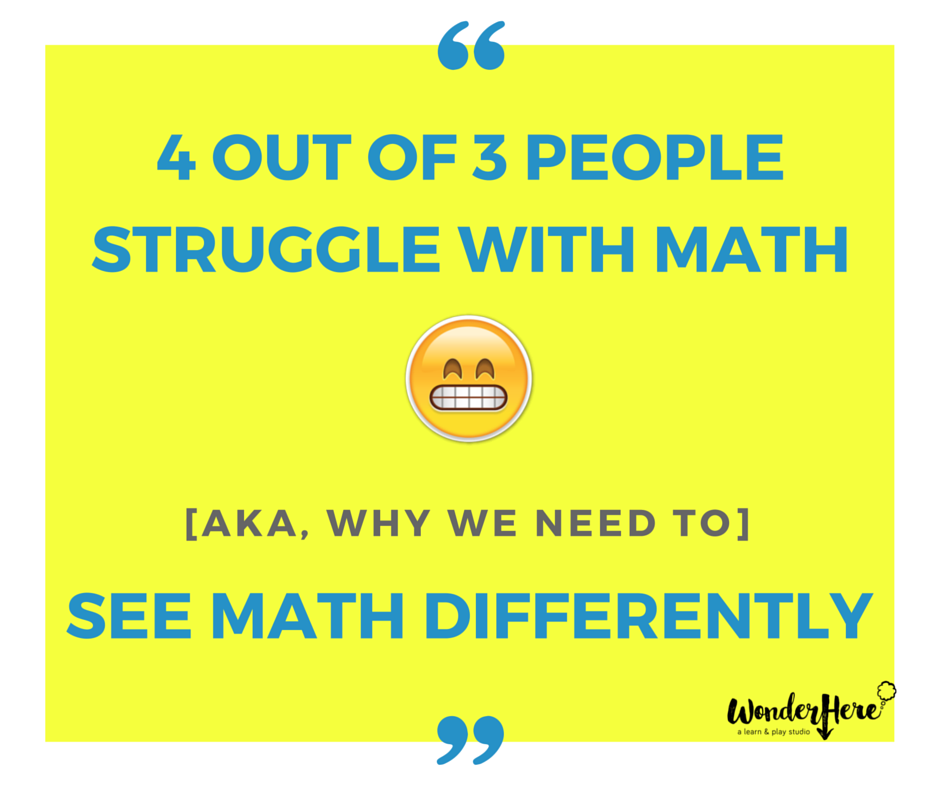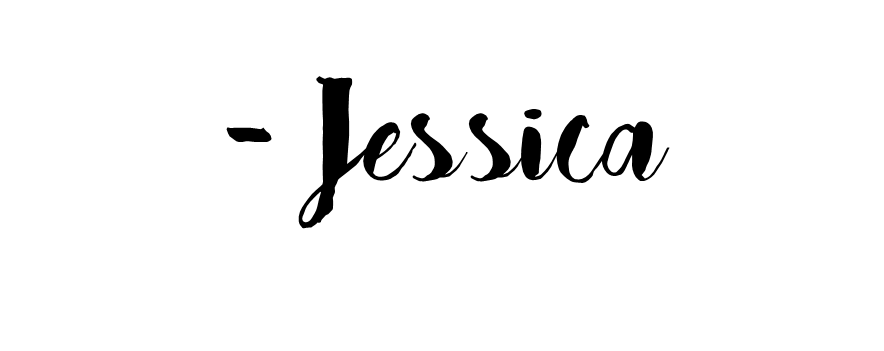So, be honest. Some of you just saw “math” in the title of this blog post and almost skipped right over, didn’t you? I don’t necessarily blame you… math isn’t always seen as the most exciting thing ever. It’s not considered poetic like literature, creative like art, or cultural like history. When you think math, you don’t think projects and hands on learning. You think worksheets, formulas, and copying from the board.
Well, I’m about to debunk all of that! This coming from someone who, just about a year ago, started seeing math differently.
Language arts has always been my strength. I’m a complete bookworm, and if I could communicate solely through written word for the rest of my life, I totally would. On the other hand, understanding numbers and their relationships is not something that comes naturally to me. I was always the “please teacher just give me the formula so I can plug in the numbers and move on with my day” kind of student. Former me would have hated having current me as a math teacher. But then again, current me would do everything in her power to change former me’s mind about math… as I’ve been doing with my students for the past couple of years.
So, what caused this shift in my thinking and teaching? Well, a few years ago when the Common Core standards were fully implemented, educators knew we’d have to change the way we taught math in order to accommodate the new depth of the content and this whole idea of “thinking about math in different ways.” In other words, we are now expected to teach according to the mathematical belief that, even though there is one right answer, there may be several different ways to arrive at that answer. I have many strong opinions on where public education is heading, but this is an area that I believe we are progressing positively in.
But boy oh boy, that was not the case in the beginning. I bucked at these new math ideas like a wild horse. They started taking away my textbooks and formulas, and all I was left with was this foreign idea of “inquiry based learning”… learning based on students’ questions, wonders, and curiosities instead of simply what knowledge the teacher could impart on them.
That sounds great in theory, but it can be super tough in practice. I literally had to retrain my brain to “see math differently.” I remember staying after school for hours on end with a coworker as we’d try to figure out how to teach kids long division traditionally, as well as with pictures, models, and several other strategies.
I hated life for a while there. Whyyyyy are they doing this to me? I thought. To us? I hate it, the kids hate it. We’re all confused. Just give me my teacher’s manual back, let me show the kids EXACTLY how I want the problems solved, they’ll get it, we’ll be done. BOOM, BAM, problem solved.
Except for the fact that the kids weren’t getting it. The “traditional method” wasn’t cutting it anymore. They weren’t retaining the information. They could only solve problems that matched exactly with the formulas. They couldn’t solve any word problems that involved more than one step. And, worst of all, they didn’t care. These numbers and symbols held no importance or meaning to them whatsoever.
So, I tried and tried… and slowly but surely, grew and grew in my math knowledge and teaching style. Soon, I started truly seeing different, unique ways to solve a problem. I’d still gravitate towards the traditional way I was originally taught, but it was cool to see that I could check my work using other methods. Also, I’m very much a visual learner, so using models, pictures, and drawings helped me understand the bigger concepts behind the procedures.
But hands down the coolest part was seeing kids get excited about math! Instead of starting our lessons by having them take out their textbooks and turning to page so-and-so, we were starting our lessons with a super interesting, real world scenario. Instead of them copying “my way” to solve a problem, I began asking them how they would solve the problem, which would lead to some pretty awesome class discussions. Instead of giving them 20+ repetitive problems to solve in their book, we’d work on projects that are applicable to real life. Just today we were working on a math project about cheeseburgers (YUM!) and one of my most struggling students told me, “Mrs. Z, I had so much fun in math today!” Be still, my heart!
So, does this mean we’re never going to use a textbook, teach traditional algorithms, or work out practice problems? No. Let’s not throw out the baby with the bathwater. What this does mean, however, is that we need to loosen the reins a little bit and become math facilitators instead of math dictators.
Hey, if I can make the change, anyone can!
Be on the look out for next week’s blog post! I’ll be writing about specific strategies and ways to see math and teach math differently! I’ll even be posting some examples of stuff my kids have been working on! So excited!
[/end nerd rant].
🙂





